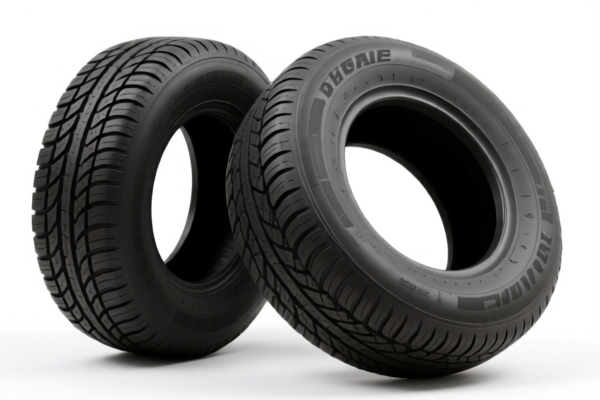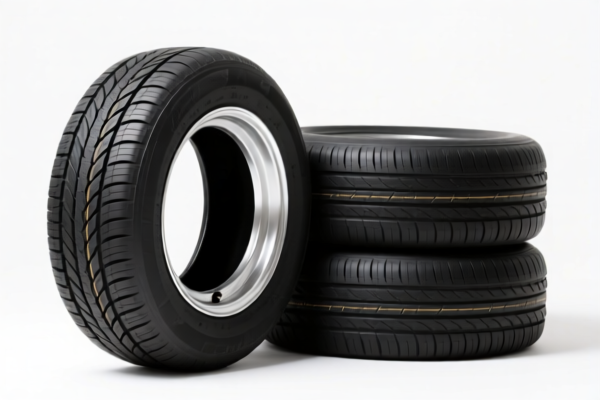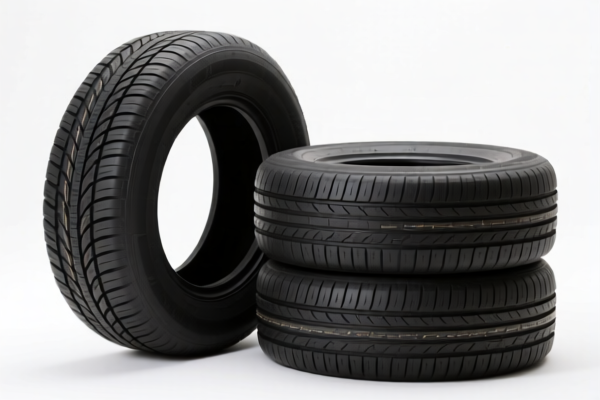| HS Code | Official Doc | Tariff Rate | Origin | Destination | Effective Date |
|---|---|---|---|---|---|
| 4011101010 | Doc | 59.0% | CN | US | 2025-05-12 |
| 8714100050 | Doc | 37.5% | CN | US | 2025-05-12 |
| 4016990500 | Doc | 40.9% | CN | US | 2025-05-12 |
| 4011400000 | Doc | 55.0% | CN | US | 2025-05-12 |
| 4012198000 | Doc | 40.9% | CN | US | 2025-05-12 |




Here is the detailed classification and tariff information for the declared product "tires" based on the provided HS codes and tax details:
🔍 HS Code Classification for Tires
1. HS CODE: 4011101010
Product Description: Car tires
- Base Tariff Rate: 4.0%
- Additional Tariff: 25.0%
- Special Tariff after April 11, 2025: 30.0%
- Total Tax Rate: 59.0%
- Notes: This is a common classification for standard passenger car tires.
2. HS CODE: 8714100050
Product Description: Motorcycle tires
- Base Tariff Rate: 0.0%
- Additional Tariff: 7.5%
- Special Tariff after April 11, 2025: 30.0%
- Total Tax Rate: 37.5%
- Notes: Lower base rate, but still subject to the 2025 special tariff.
3. HS CODE: 4016990500
Product Description: Rubber tires (general)
- Base Tariff Rate: 3.4%
- Additional Tariff: 7.5%
- Special Tariff after April 11, 2025: 30.0%
- Total Tax Rate: 40.9%
- Notes: This may apply to industrial or specialized rubber tires.
4. HS CODE: 4011400000
Product Description: Rubber tires (general)
- Base Tariff Rate: 0.0%
- Additional Tariff: 25.0%
- Special Tariff after April 11, 2025: 30.0%
- Total Tax Rate: 55.0%
- Notes: This classification may apply to tires with specific technical specifications or materials.
5. HS CODE: 4012198000
Product Description: Tire treads
- Base Tariff Rate: 3.4%
- Additional Tariff: 7.5%
- Special Tariff after April 11, 2025: 30.0%
- Total Tax Rate: 40.9%
- Notes: This is for tire treads, not complete tires.
⚠️ Important Notes and Alerts
- April 11, 2025 Special Tariff: All the above HS codes are subject to an additional 30.0% tariff after April 11, 2025. This is a time-sensitive policy and must be considered in your customs planning.
- Anti-dumping duties: Not explicitly mentioned in the data, but if the tires are imported from countries under anti-dumping investigations, additional duties may apply. Verify with customs or a trade compliance expert.
- Material and Certification: Ensure the product description matches the HS code. For example, "car tires" vs. "motorcycle tires" or "tire treads" are classified differently. Also, check if any certifications (e.g., ISO, CE, DOT) are required for import.
✅ Proactive Advice for Importers
- Verify the exact product description (e.g., type of tire, material, intended use) to ensure correct HS code classification.
- Check the unit price and material composition to determine if any additional duties apply.
- Confirm the import date to know whether the April 11, 2025 special tariff is applicable.
- Consult with customs or a compliance expert if the product is subject to anti-dumping or countervailing duties.
Let me know if you need help determining the correct HS code for a specific tire type or if you need assistance with customs documentation. Here is the detailed classification and tariff information for the declared product "tires" based on the provided HS codes and tax details:
🔍 HS Code Classification for Tires
1. HS CODE: 4011101010
Product Description: Car tires
- Base Tariff Rate: 4.0%
- Additional Tariff: 25.0%
- Special Tariff after April 11, 2025: 30.0%
- Total Tax Rate: 59.0%
- Notes: This is a common classification for standard passenger car tires.
2. HS CODE: 8714100050
Product Description: Motorcycle tires
- Base Tariff Rate: 0.0%
- Additional Tariff: 7.5%
- Special Tariff after April 11, 2025: 30.0%
- Total Tax Rate: 37.5%
- Notes: Lower base rate, but still subject to the 2025 special tariff.
3. HS CODE: 4016990500
Product Description: Rubber tires (general)
- Base Tariff Rate: 3.4%
- Additional Tariff: 7.5%
- Special Tariff after April 11, 2025: 30.0%
- Total Tax Rate: 40.9%
- Notes: This may apply to industrial or specialized rubber tires.
4. HS CODE: 4011400000
Product Description: Rubber tires (general)
- Base Tariff Rate: 0.0%
- Additional Tariff: 25.0%
- Special Tariff after April 11, 2025: 30.0%
- Total Tax Rate: 55.0%
- Notes: This classification may apply to tires with specific technical specifications or materials.
5. HS CODE: 4012198000
Product Description: Tire treads
- Base Tariff Rate: 3.4%
- Additional Tariff: 7.5%
- Special Tariff after April 11, 2025: 30.0%
- Total Tax Rate: 40.9%
- Notes: This is for tire treads, not complete tires.
⚠️ Important Notes and Alerts
- April 11, 2025 Special Tariff: All the above HS codes are subject to an additional 30.0% tariff after April 11, 2025. This is a time-sensitive policy and must be considered in your customs planning.
- Anti-dumping duties: Not explicitly mentioned in the data, but if the tires are imported from countries under anti-dumping investigations, additional duties may apply. Verify with customs or a trade compliance expert.
- Material and Certification: Ensure the product description matches the HS code. For example, "car tires" vs. "motorcycle tires" or "tire treads" are classified differently. Also, check if any certifications (e.g., ISO, CE, DOT) are required for import.
✅ Proactive Advice for Importers
- Verify the exact product description (e.g., type of tire, material, intended use) to ensure correct HS code classification.
- Check the unit price and material composition to determine if any additional duties apply.
- Confirm the import date to know whether the April 11, 2025 special tariff is applicable.
- Consult with customs or a compliance expert if the product is subject to anti-dumping or countervailing duties.
Let me know if you need help determining the correct HS code for a specific tire type or if you need assistance with customs documentation.
Customer Reviews
No reviews yet.